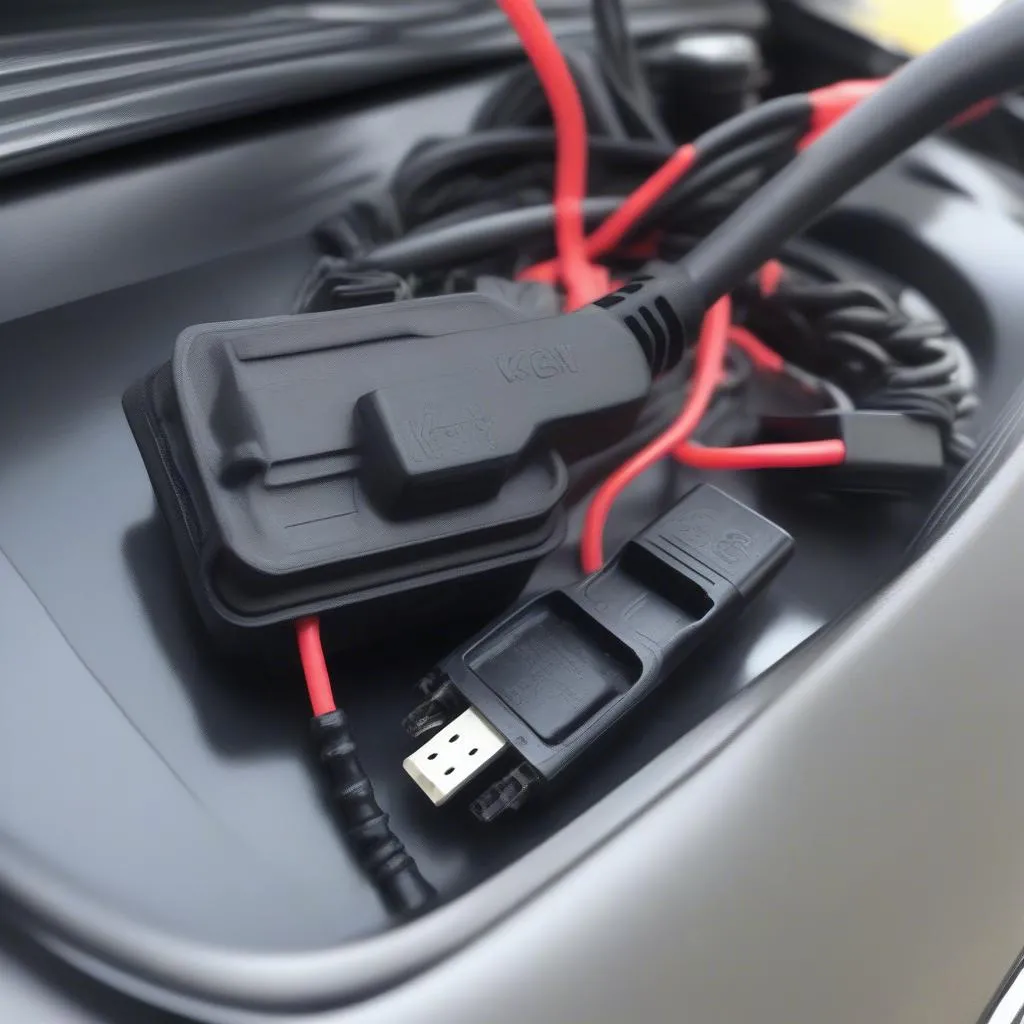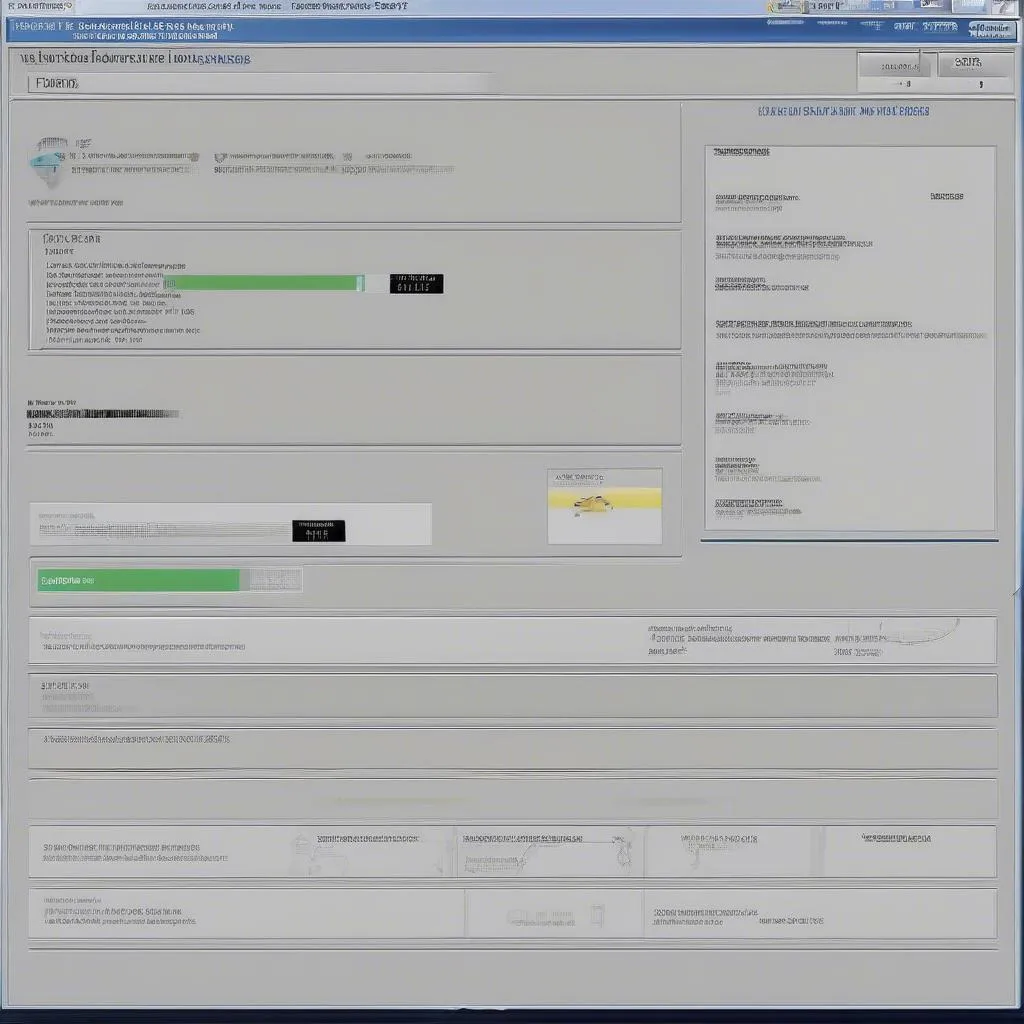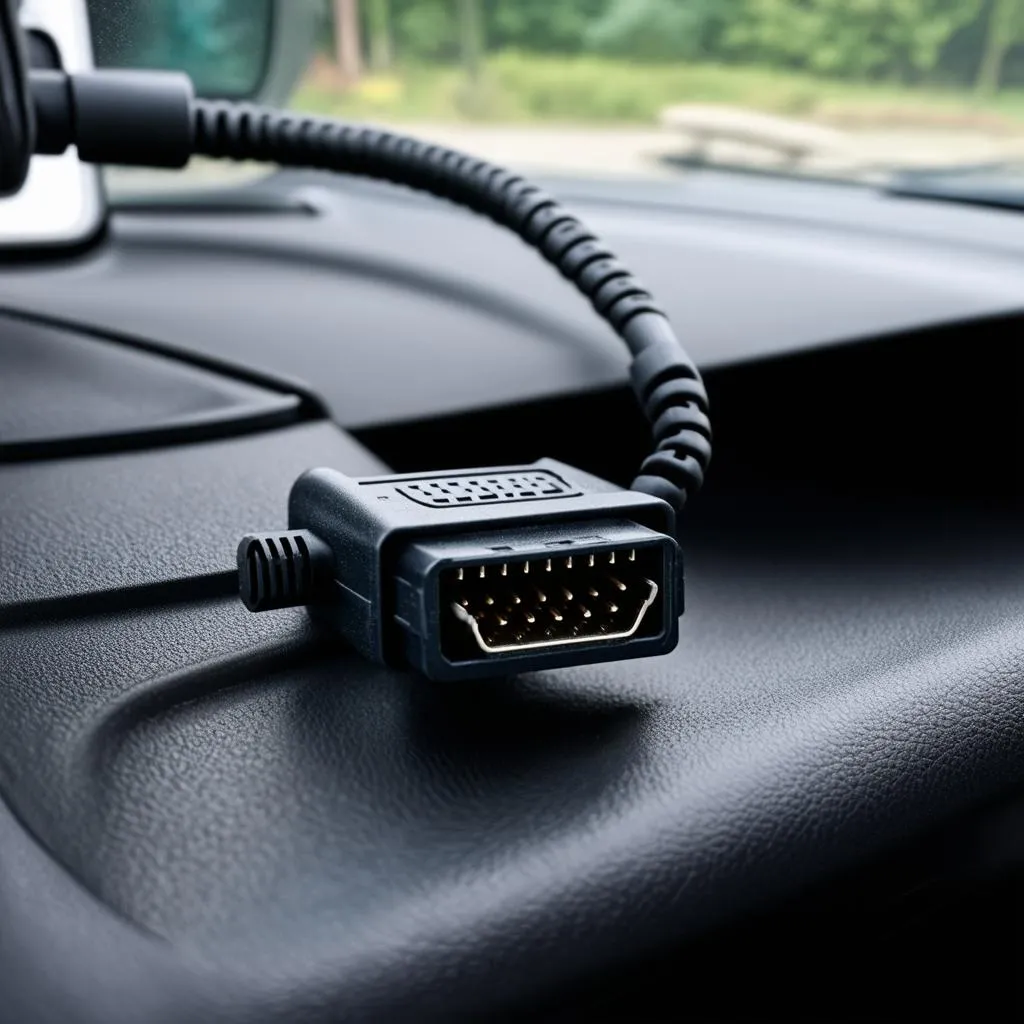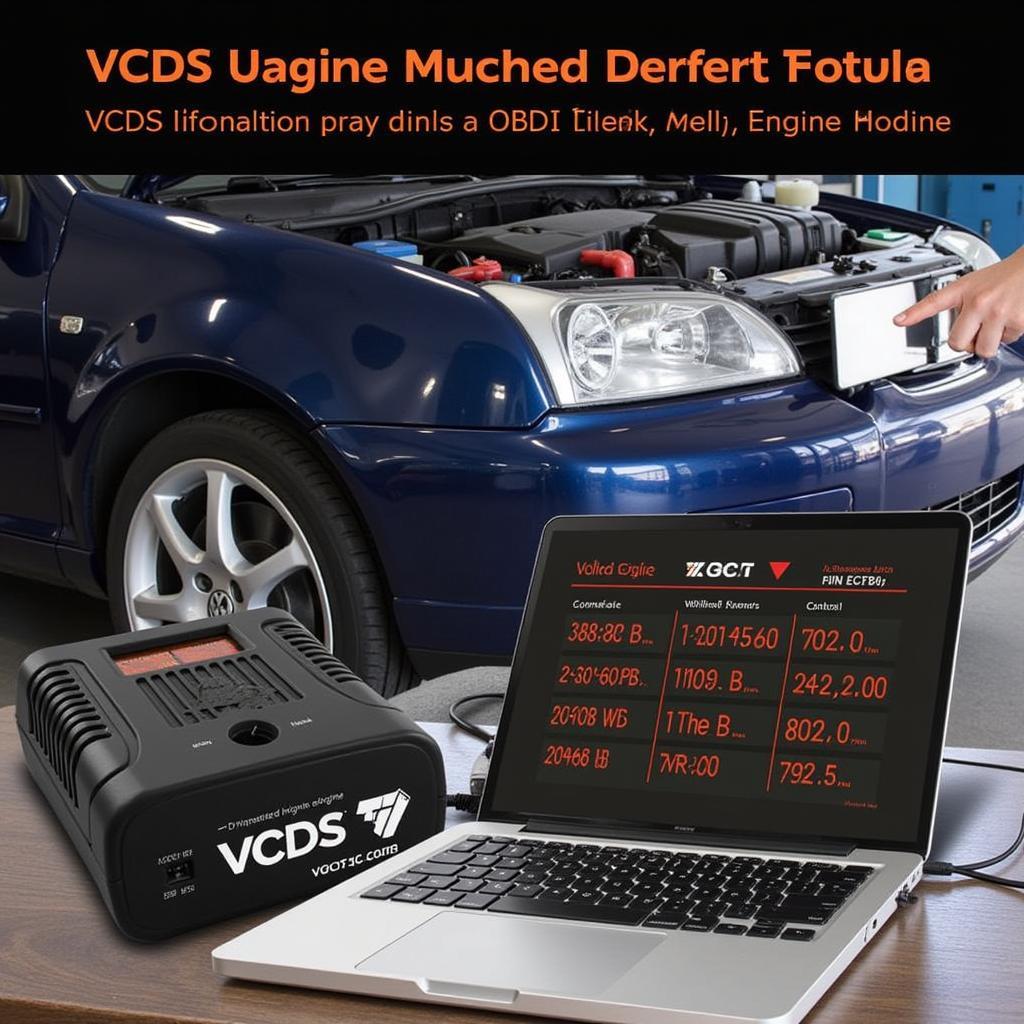In the world of modern automotive repair, having the right tools and knowledge can make all the difference. As vehicles become increasingly sophisticated, so too do the diagnostic systems required to maintain and repair them. This is where the combination of K+DCAN, a communication protocol, and VCDS, a powerful diagnostic software, becomes essential for professionals and enthusiasts alike. This article delves into the world of K+DCAN and VCDS, exploring their capabilities and benefits for comprehensive vehicle diagnostics.
What is K+DCAN?
K+DCAN is a communication protocol used by many European vehicle manufacturers, primarily within the Volkswagen Audi Group (VAG). It acts as the language spoken between your computer and the vehicle’s onboard computer systems, enabling you to access, read, and even modify data.
 K+DCAN Cable
K+DCAN Cable
VCDS: The Key to Unlocking Your Car’s Brain
VCDS (Vag-Com Diagnostic System) is a Windows-based diagnostic software specifically designed to communicate with vehicles using the K+DCAN protocol. Think of VCDS as the translator that allows you to understand and interact with your car’s complex systems.
 VCDS Software Interface
VCDS Software Interface
Why Choose VCDS?
- Comprehensive Diagnostics: VCDS goes beyond basic code reading, providing detailed information about fault codes, sensor data, and system parameters.
- Advanced Functionality: From resetting service reminders to performing complex coding modifications, VCDS empowers you with dealer-level capabilities.
- User-Friendly Interface: Despite its advanced features, VCDS maintains a relatively intuitive interface that caters to both beginners and seasoned professionals.
How K+DCAN and VCDS Work Together
- Connection: A K+DCAN cable connects your computer’s USB port to the vehicle’s OBD-II port, establishing a physical communication pathway.
- Communication: VCDS software, installed on your computer, utilizes the K+DCAN protocol to send and receive data from the vehicle’s control modules.
- Diagnostics: VCDS interprets the data, presenting it in a user-friendly format. You can then read and clear fault codes, view live data streams, and make adjustments as needed.


